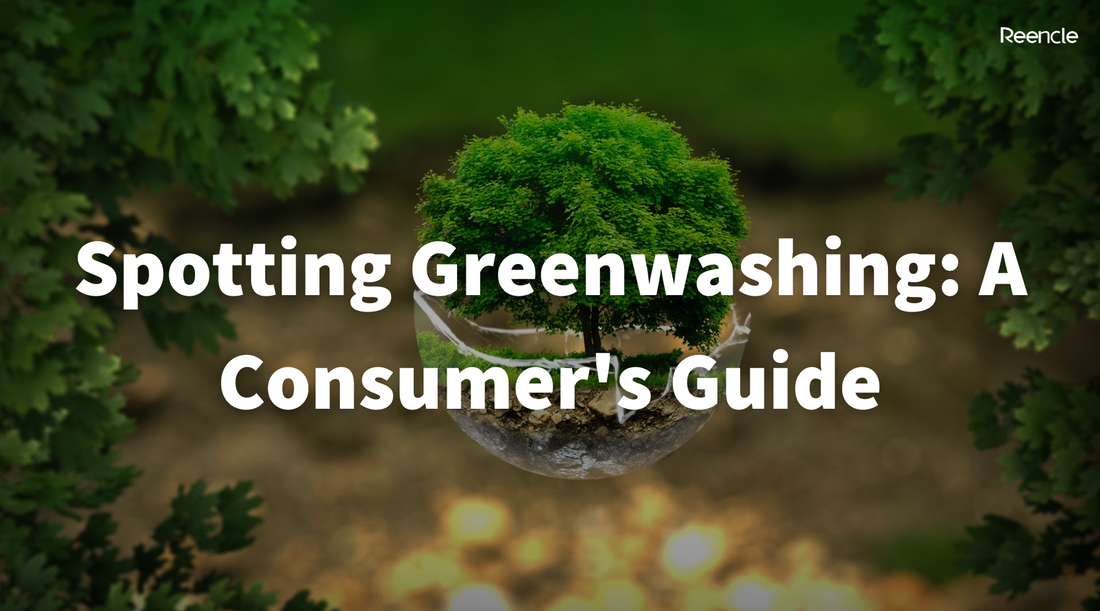In an era where environmental concerns are at the forefront of global conversations, “sustainability” has become a buzzword for businesses looking to attract environmentally-conscious consumers. However, amidst genuine efforts to reduce environmental impact, there exists a darker practice known as greenwashing.
"Greenwashing" is a deceptive marketing strategy that aims to give the illusion of eco-friendliness without truly committing to sustainable practices. As a consumer, it's crucial to navigate through the sea of “eco-friendly” claims and learn how to spot greenwashing tactics by corporations in order to make informed purchasing decisions. This ends up misleading consumers into believing they are making eco-conscious choices when, in reality, the impact might be negligible or even harmful.

Decoding the Signs
To protect yourself from falling victim to corporations’ greenwashing marketing methods, it's essential to be aware of the common signs and tactics employed by businesses:
Misleading Imagery
Companies often use images of pristine natural landscapes or green leaves, even if their products have little to do with nature. This creates an emotional connection with consumers but doesn't necessarily reflect the product's impact.
Lack of Transparency
Companies serious about sustainability provide detailed information about their practices, sourcing, and certifications. If this information is absent, it could be a red flag.
Irrelevant Certifications
Look out for certifications that sound impressive but are irrelevant to the product. For instance, a "certified organic" label on a cleaning product might not mean it's environmentally friendly.
Vague or Exaggerated Claims
Watch out for overly vague terms like "eco-friendly," "natural," or "green." Legitimate eco-friendly claims should be specific and backed by verifiable information.

Digging Deeper
As a responsible consumer, you have the power to dig deeper and unveil the truth behind greenwashing claims:
Read Beyond the Label
Don't rely solely on the front label. Look for more detailed information on the back of the product, on the company's website, or through third-party sources.
Research Certifications
Not all certifications hold the same weight. Research well-known and reputable certification organizations to understand their criteria.
Investigate the Company
Research a company's overall environmental practices and track record. Genuine sustainability efforts are often part of a broader commitment.
Check for Specifics
Look for specific claims backed by data. A claim like "reduces carbon emissions by 30%" is more credible than a vague "eco-friendly" label.

Empowering Responsible Choices
By learning to recognize the signs of greenwashing, you empower yourself to make responsible and meaningful purchasing decisions. Genuine sustainable practices require dedication, transparency, and a comprehensive approach to minimizing environmental impact. As consumers demand authenticity and hold companies accountable, the practice of greenwashing will be forced to retreat, leaving room for a genuinely greener future.
In a world where information is readily available, your role as a discerning consumer can shape the market's trajectory toward true sustainability. Remember, it's not just about the label – it's about uncovering the story behind it.

